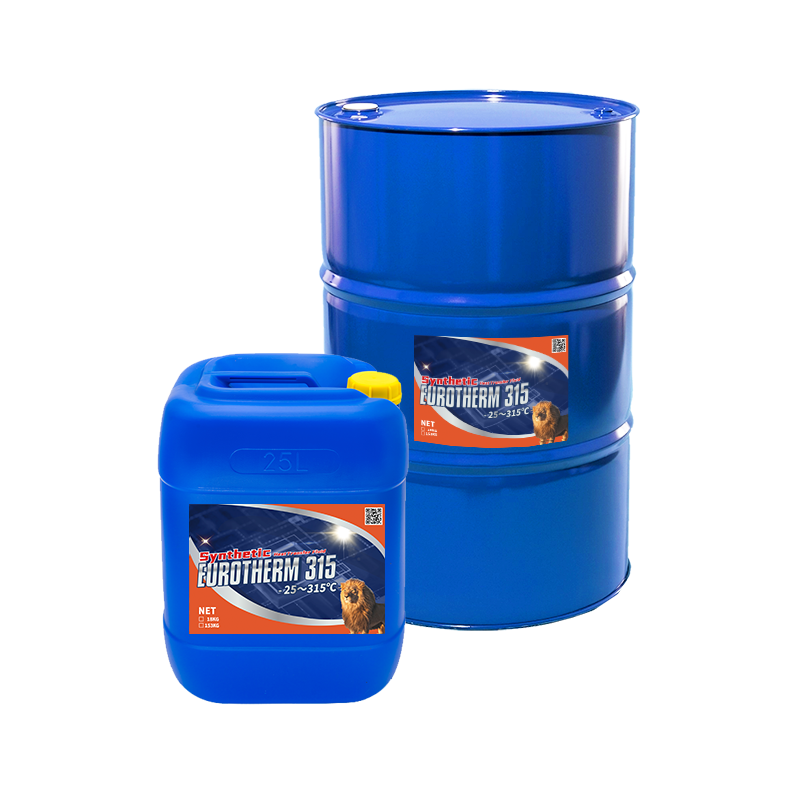The Only Guide for Chemie
The Only Guide for Chemie
Blog Article
The smart Trick of Chemie That Nobody is Talking About
Table of ContentsThings about ChemieGet This Report about ChemieChemie - TruthsFacts About Chemie RevealedThe Only Guide to ChemieThings about Chemie
By Bojanna Shantheyanda, Sreya Dutta, Kevin Coscia and David SchiemerDynalene, Inc. Fluid cooling, which can be achieved making use of indirect or direct means, is utilized in electronics applications having thermal power densities that may exceed secure dissipation via air cooling. Indirect fluid air conditioning is where warmth dissipating electronic elements are literally separated from the liquid coolant, whereas in situation of direct air conditioning, the components are in straight contact with the coolant.However, in indirect cooling applications the electrical conductivity can be vital if there are leakages and/or splilling of the fluids onto the electronic devices. In the indirect air conditioning applications where water based fluids with rust inhibitors are generally made use of, the electrical conductivity of the liquid coolant mostly depends upon the ion concentration in the liquid stream.
The boost in the ion concentration in a shut loophole fluid stream might happen as a result of ion seeping from metals and nonmetal components that the coolant fluid is in call with. During procedure, the electrical conductivity of the fluid might increase to a level which can be unsafe for the cooling system.
The Main Principles Of Chemie
(https://chemie999.wordpress.com/2025/01/10/discover-chemies-innovative-heat-transfer-solutions/)They are grain like polymers that can exchanging ions with ions in a service that it is in contact with. In the here and now work, ion leaching tests were performed with numerous metals and polymers in both ultrapure deionized (DI) water, i.e. water which is dealt with to the highest degrees of pureness, and low electrical conductive ethylene glycol/water mix, with the determined change in conductivity reported in time.
The examples were allowed to equilibrate at area temperature level for 2 days before videotaping the preliminary electrical conductivity. In all examinations reported in this study liquid electrical conductivity was measured to an accuracy of 1% making use of an Oakton CON 510/CON 6 series meter which was adjusted before each measurement.
What Does Chemie Do?
from the wall surface home heating coils to the center of the heater. The PTFE example containers were positioned in the furnace when consistent state temperature levels were gotten to. The examination configuration was eliminated from the heating system every 168 hours (7 days), cooled down to space temperature with the electrical conductivity of the liquid measured.
The electrical conductivity of the fluid example was kept an eye on for a total amount of 5000 hours (208 days). Schematic of the indirect shut loop cooling experiment set-up. Components made use of in the indirect closed loop cooling experiment that are in contact with the liquid coolant.

Excitement About Chemie
During procedure the liquid reservoir temperature level was maintained at 34C. The modification in liquid electric conductivity was checked for 136 hours. The fluid from the system was collected and stored. Shut loophole test with ion exchange resin was lugged out with the same cleaning treatments employed. The first electric conductivity of the 230ml UP-H2O in the system measured 1.84 S/cm.

0.1 g of Dowex material was contributed to 100g of fluid examples that was taken in a separate container. The mixture was mixed and transform in the electrical conductivity at area temperature level was gauged every hour. The determined modification in the electric conductivity of the UP-H2O and EG-LC test fluids having polymer or steel when immersed for 5,000 hours at 80C is shown Number 3.
The Single Strategy To Use For Chemie
Number 3. Ion seeping experiment: Calculated change in electric conductivity of water and EG-LC coolants containing either polymer or metal samples when submersed for 5,000 hours at 80C. The results indicate that steels added less ions right into the fluids than plastics in both UP-H2O and EG-LC based coolants. This can be because of a thin metal oxide layer which might work as a barrier to ion leaching and cationic diffusion.
Liquids including polypropylene and HDPE displayed the most affordable electrical conductivity changes. This can be as a result of the brief, rigid, straight chains which are less likely to add ions than longer branched chains with weaker intermolecular pressures. Silicone additionally his comment is here executed well in both test liquids, as polysiloxanes are typically chemically inert due to the high bond energy of the silicon-oxygen bond which would certainly prevent deterioration of the product right into the liquid.
The Definitive Guide to Chemie
It would certainly be expected that PVC would create similar outcomes to those of PTFE and HDPE based upon the similar chemical structures of the materials, however there might be various other pollutants present in the PVC, such as plasticizers, that may impact the electrical conductivity of the liquid - meg glycol. In addition, chloride groups in PVC can additionally seep right into the examination liquid and can trigger a rise in electrical conductivity
Polyurethane completely disintegrated into the examination liquid by the end of 5000 hour test. Before and after images of metal and polymer samples immersed for 5,000 hours at 80C in the ion leaching experiment.
Measured change in the electrical conductivity of UP-H2O coolant as a function of time with and without resin cartridge in the closed indirect cooling loophole experiment. The determined modification in electrical conductivity of the UP-H2O for 136 hours with and without ion exchange resin in the loop is shown in Figure 5.
Report this page